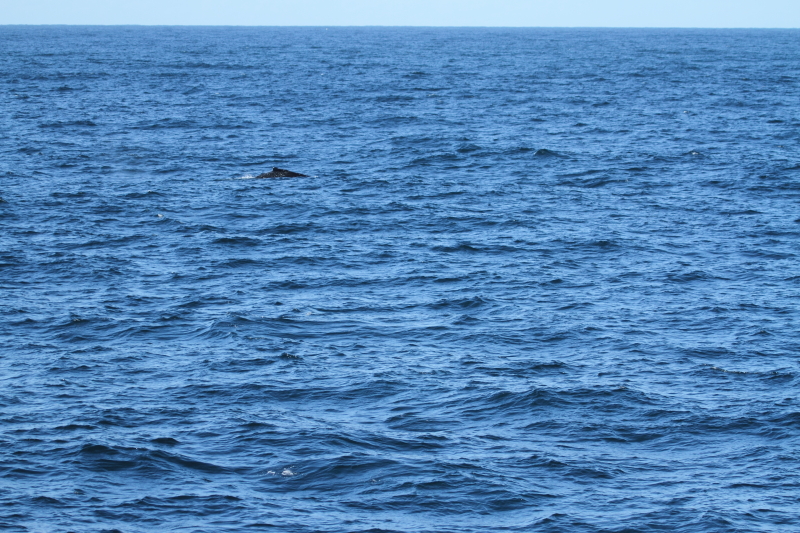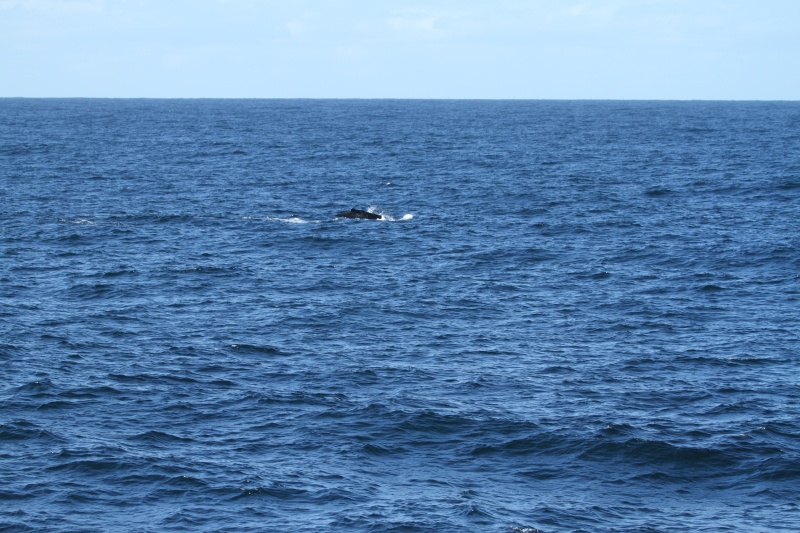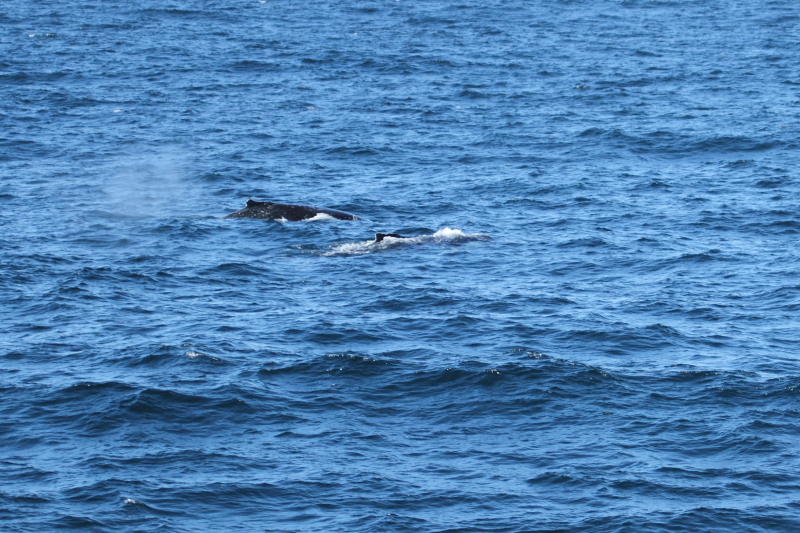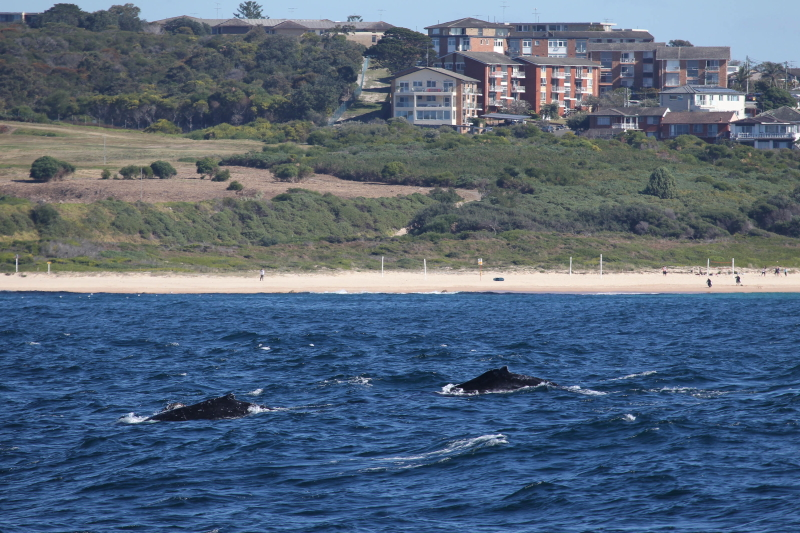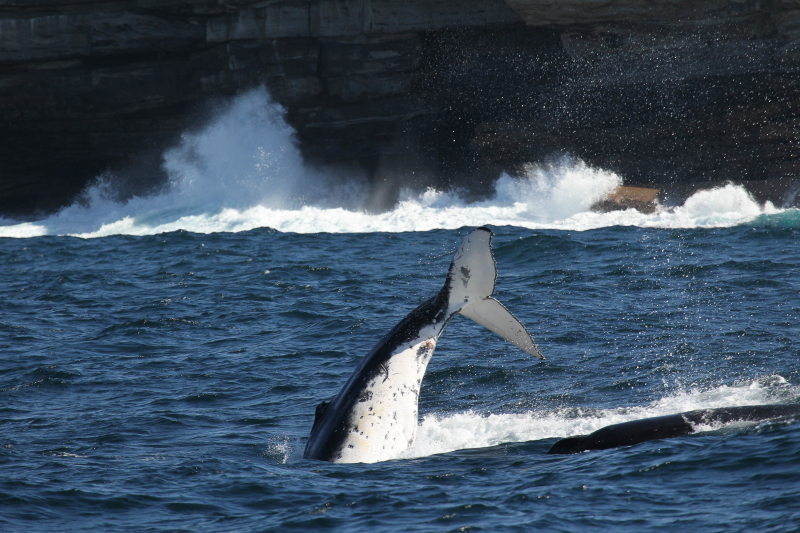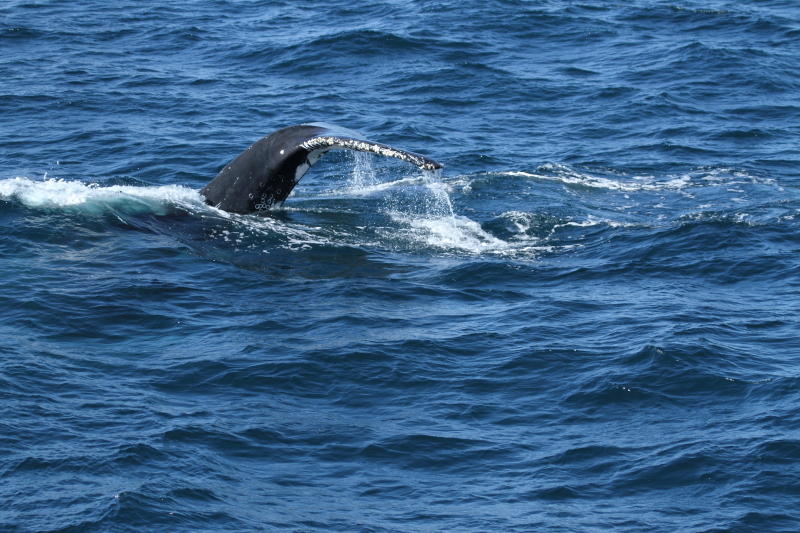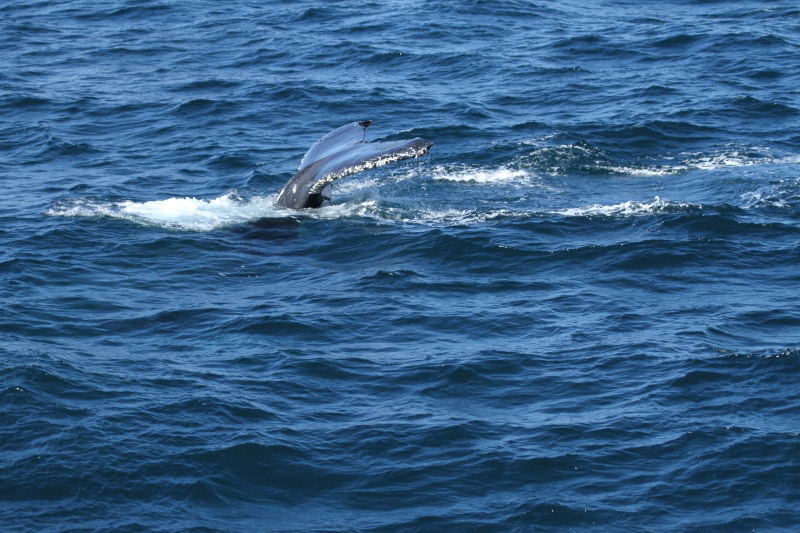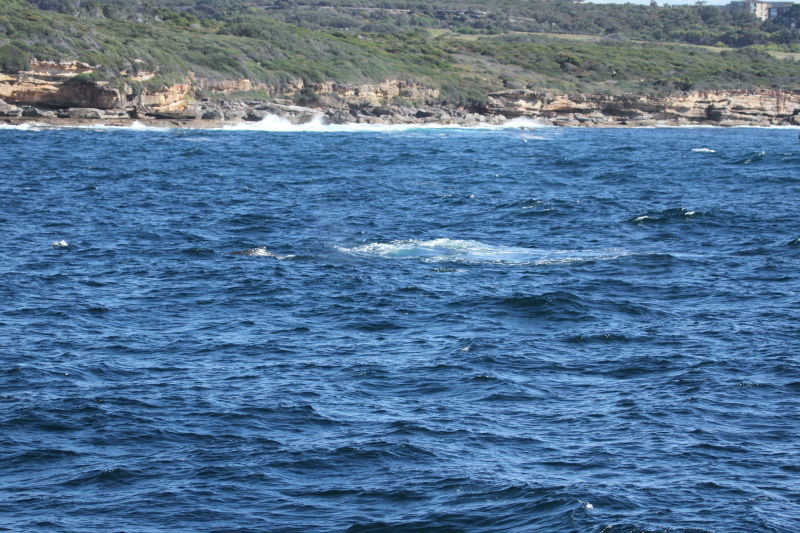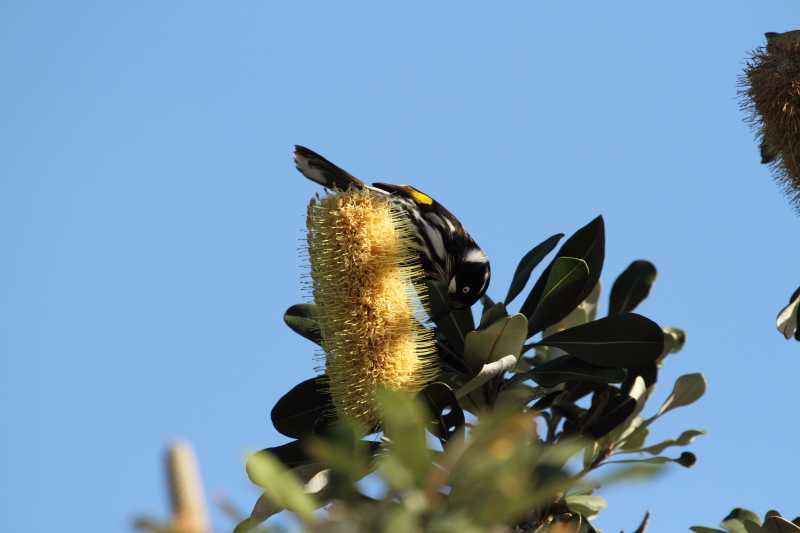Thanks nan (Happy Birthday!).

Agreed Lisbeth – I get a real sense of being alive near big mammals.

Indeed Dewi you’re not wrong.

Many thanks Mel, I agree it’s a New Holland – always nice to have somebody checking my ID’s.

Keep reading Amoli as dolphins reappear at the very end of this tale.

I’m pleased you like the extra information. history, the naming of living things, place and stories all roll together and make natural history such fun.
We followed the sub-adult male for some time and then the day became joyous in a way that still makes me smile.
He started breaching and breaching. I never knew where he would explode out of the ocean next but I did manage to get some good photographs out of all the misses. (All these photographs are mine

).
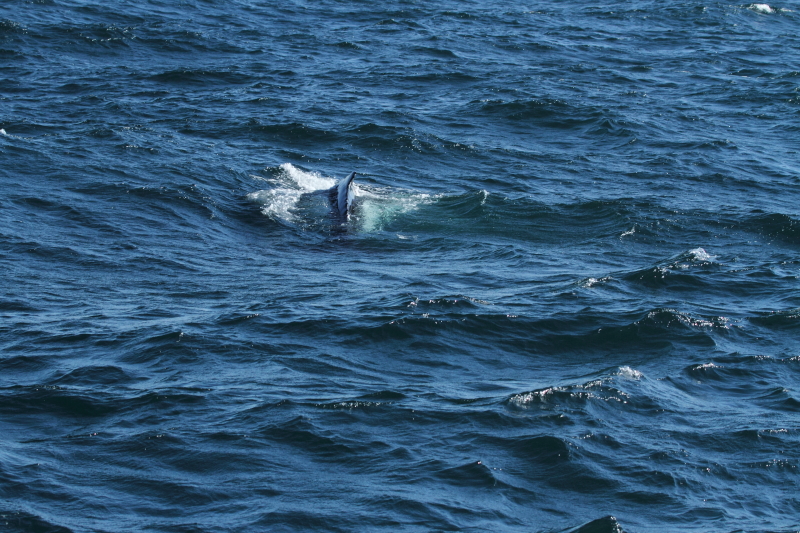

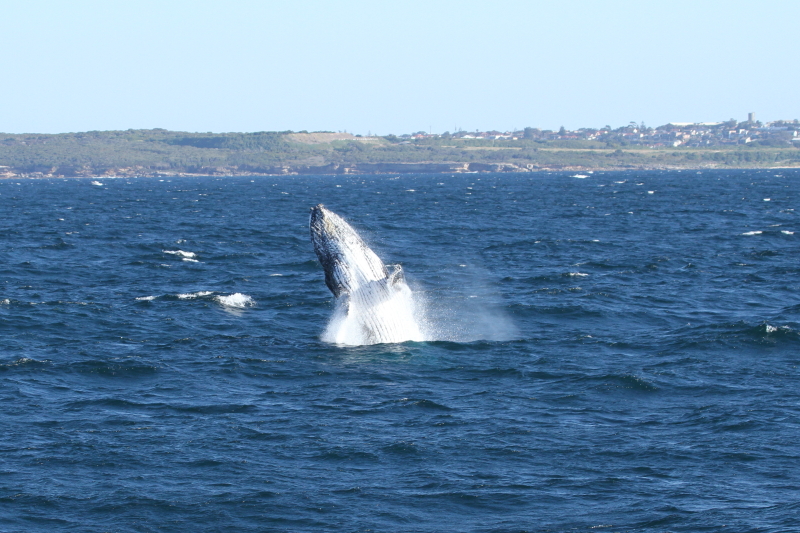
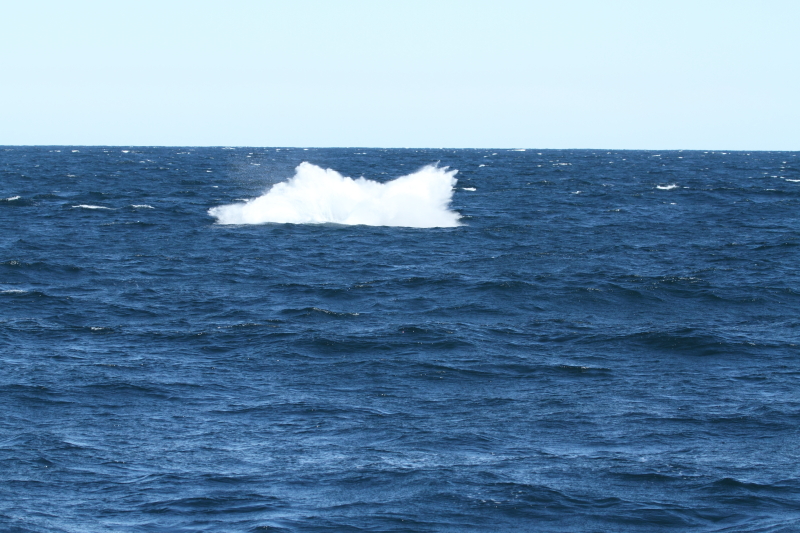
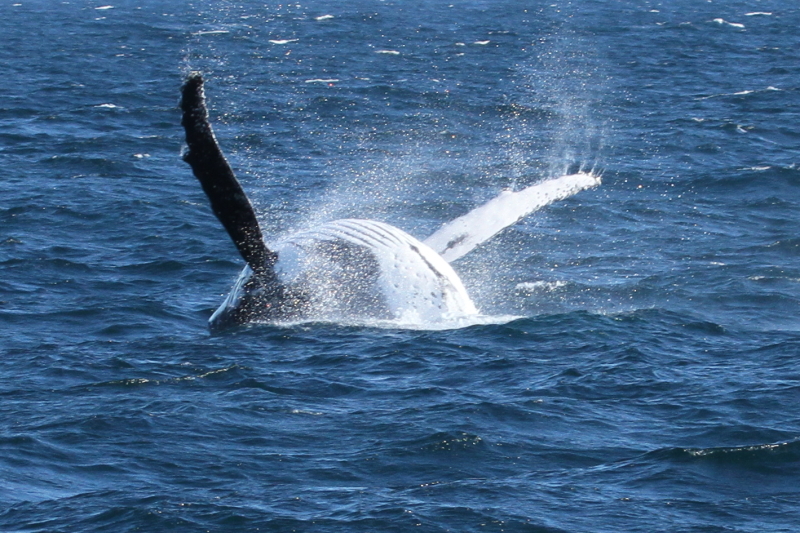
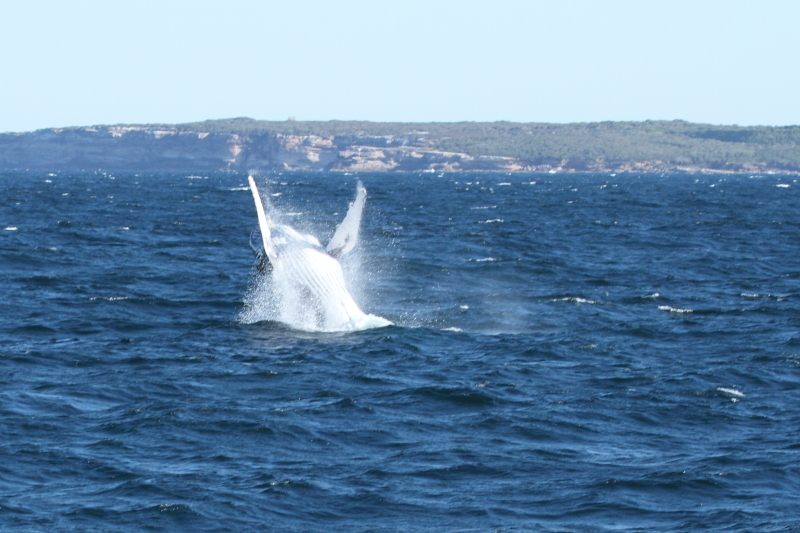

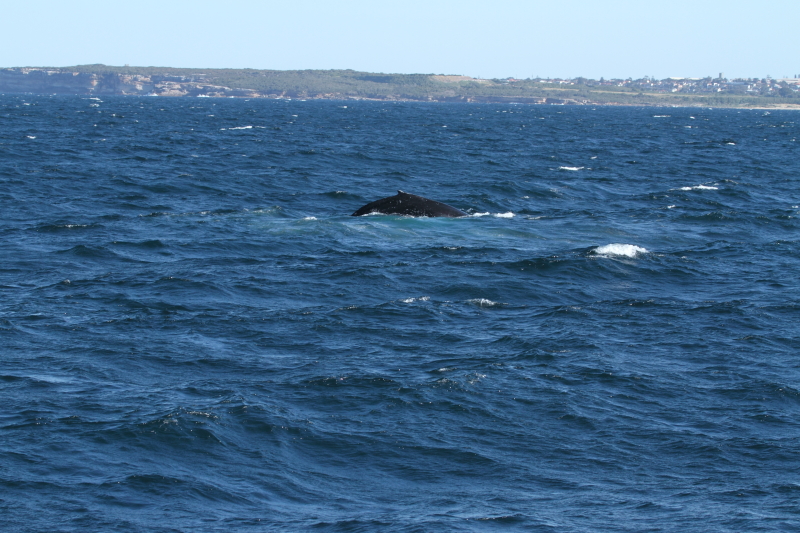
After spending some time with us our lovely whale stopped and gave us a spyhop. I like to think it was to check we were still enjoying his company.
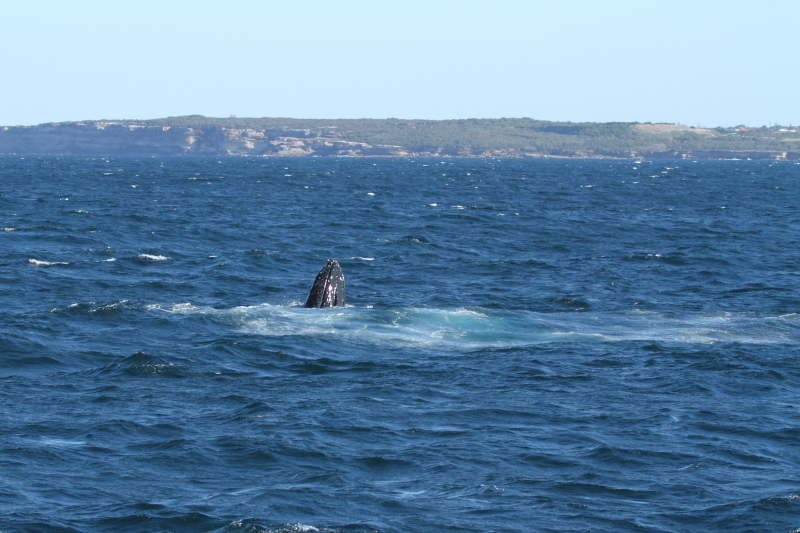
I’ll finish with my two favourite photographs from this chapter of our tale.

This last photograph is the last breach I saw as we turned for Sydney harbour.
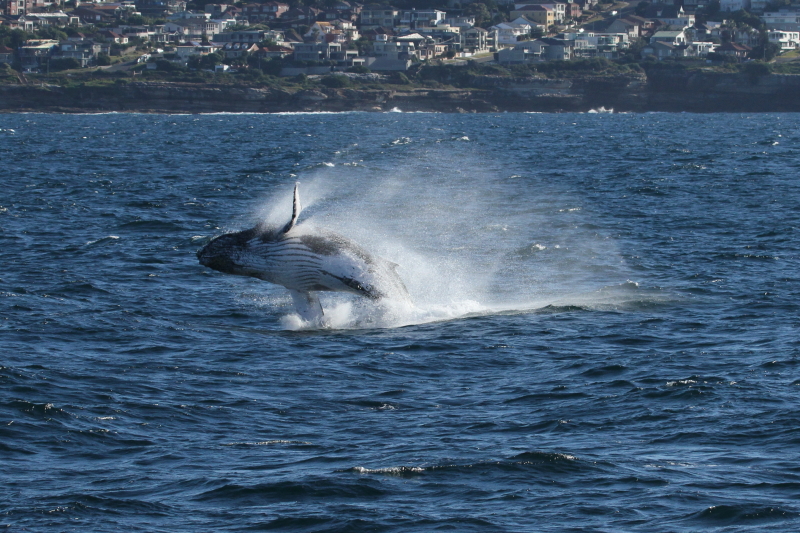
It was an unforgettable morning and a real privilege to spend time in close proximity with such a beautiful creature. The longevity of humpback whales in uncertain but believed to be up to 80 years. In that case, humanity allowing, he should easily outlive me.
After a quick return to Sydney we move on closer to our destination. Our next stop is half land and half sea and maybe not what you think…..

